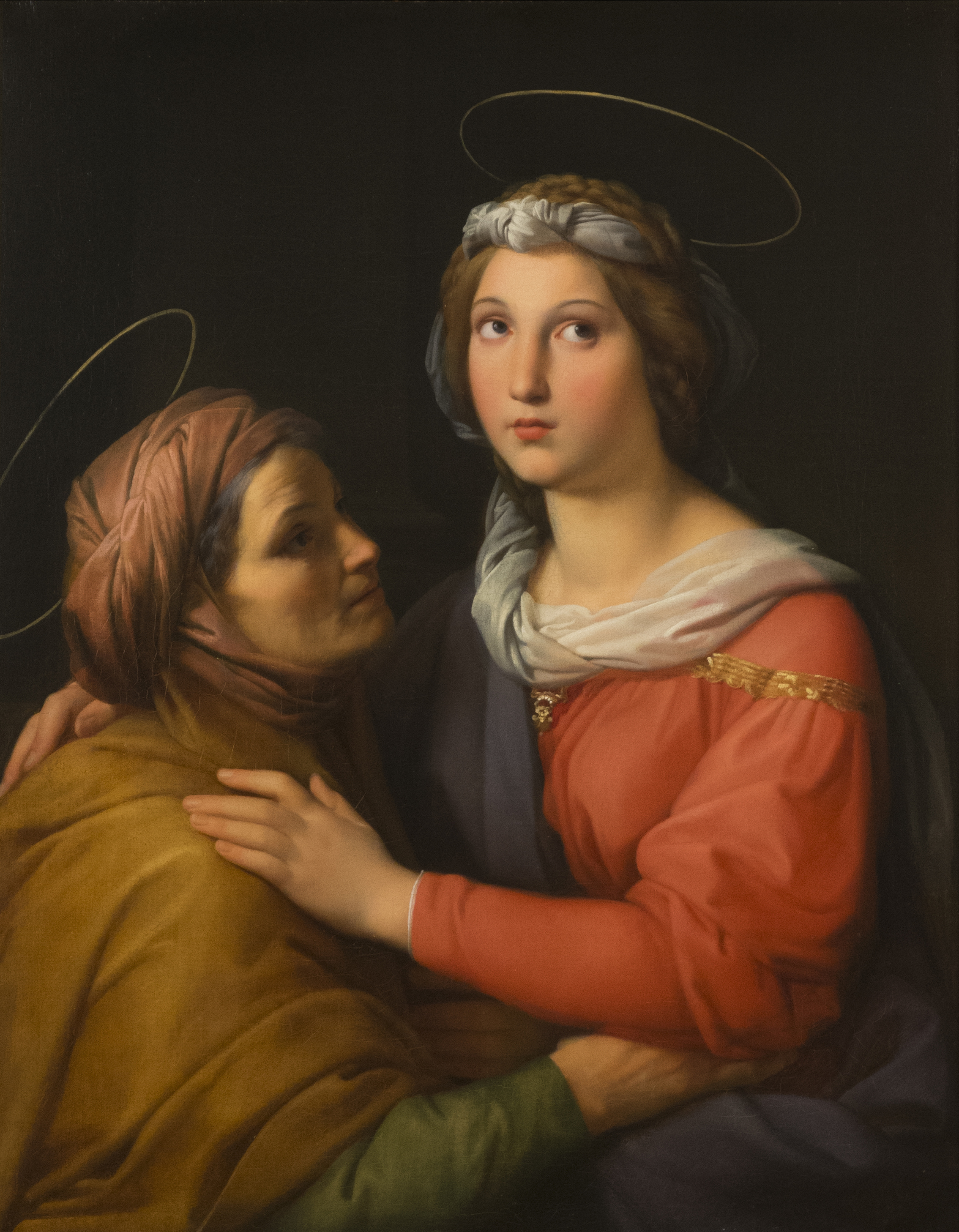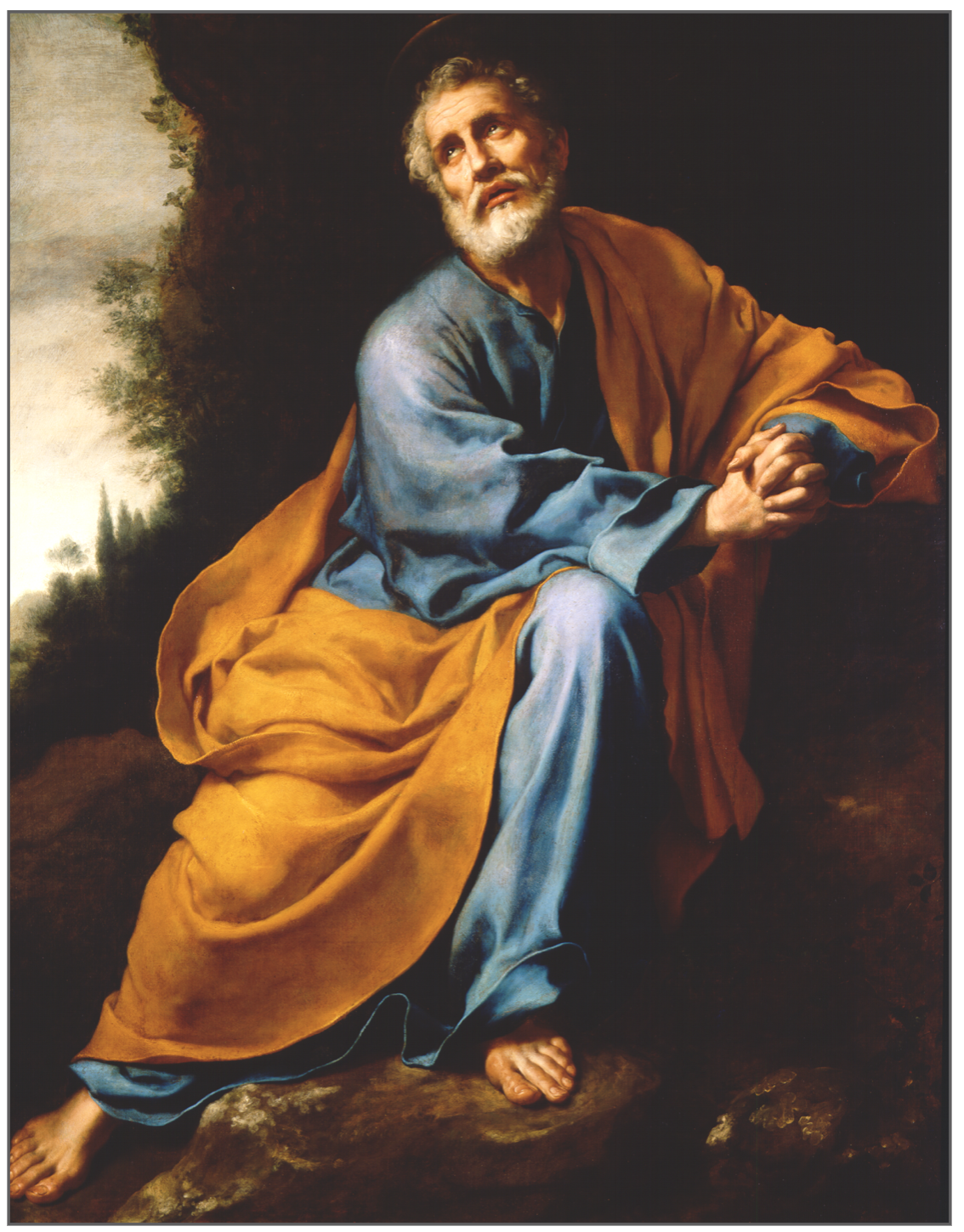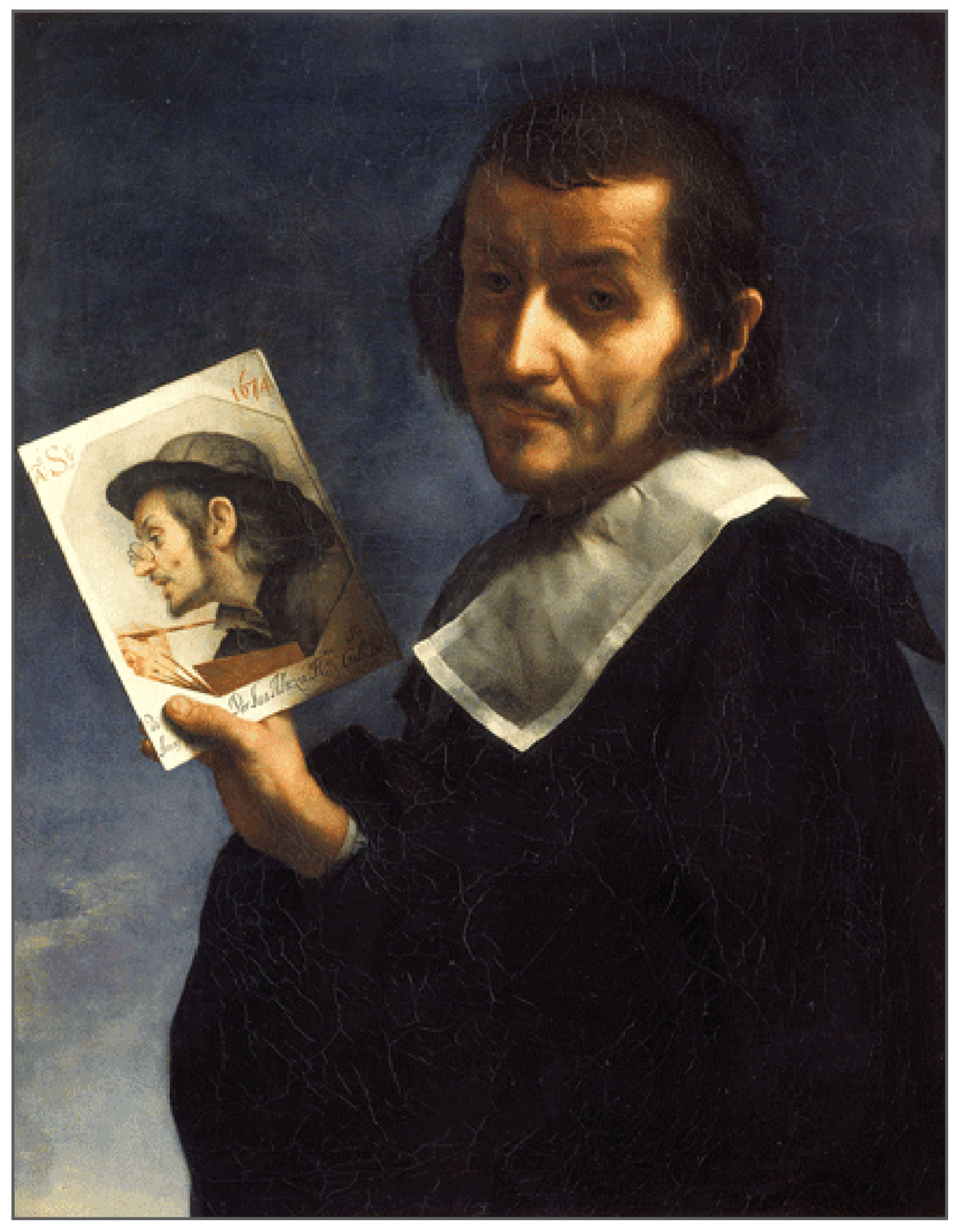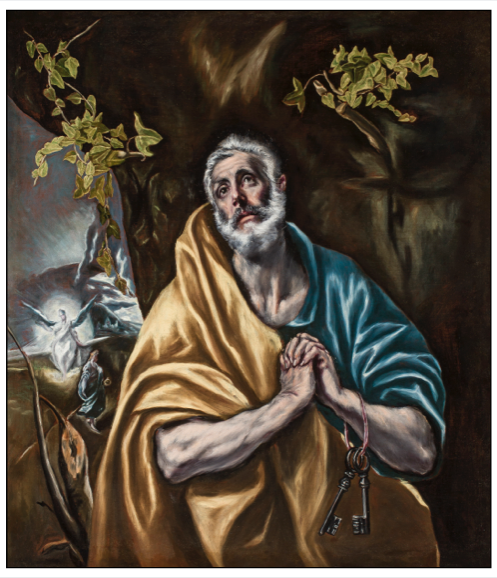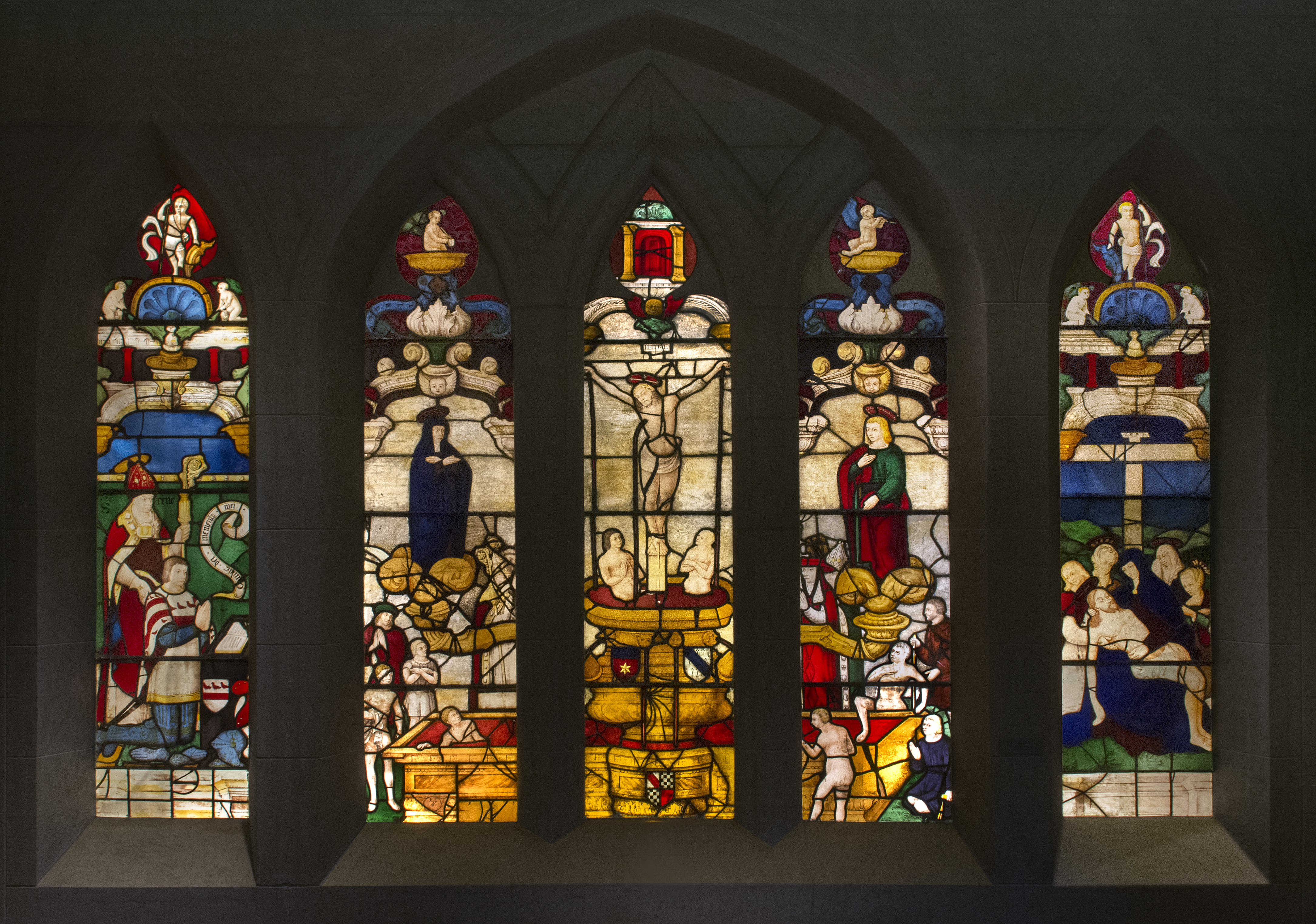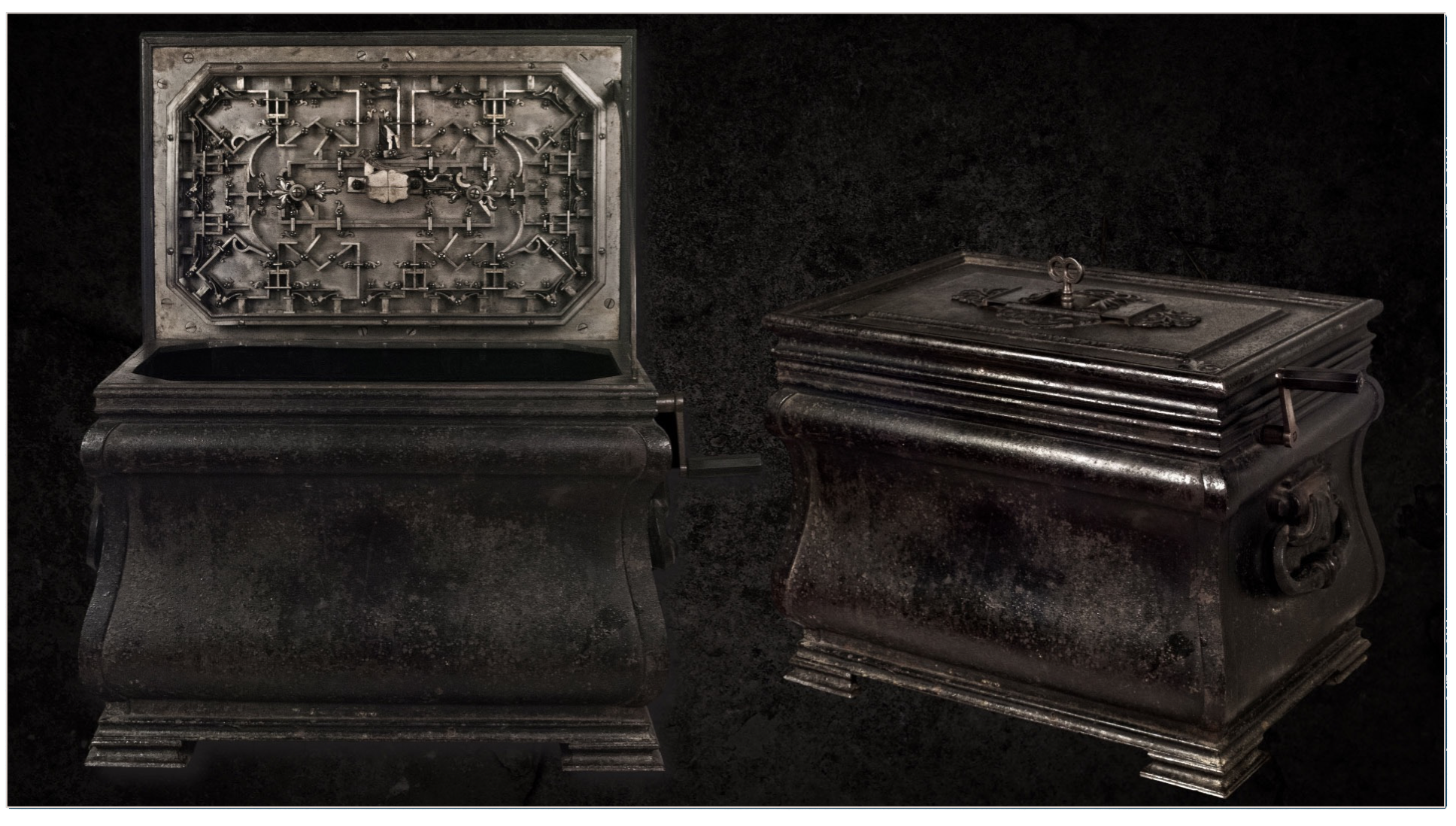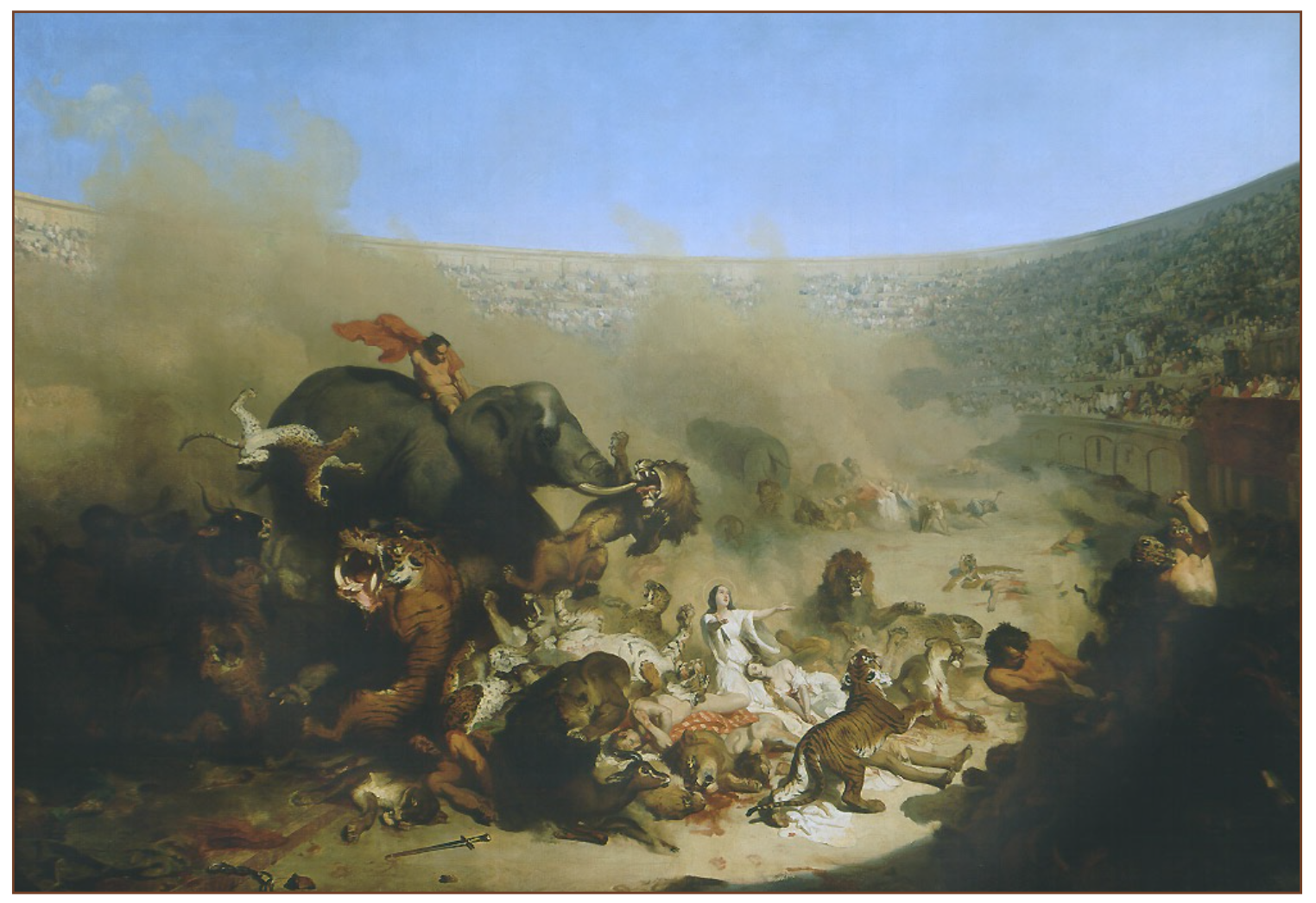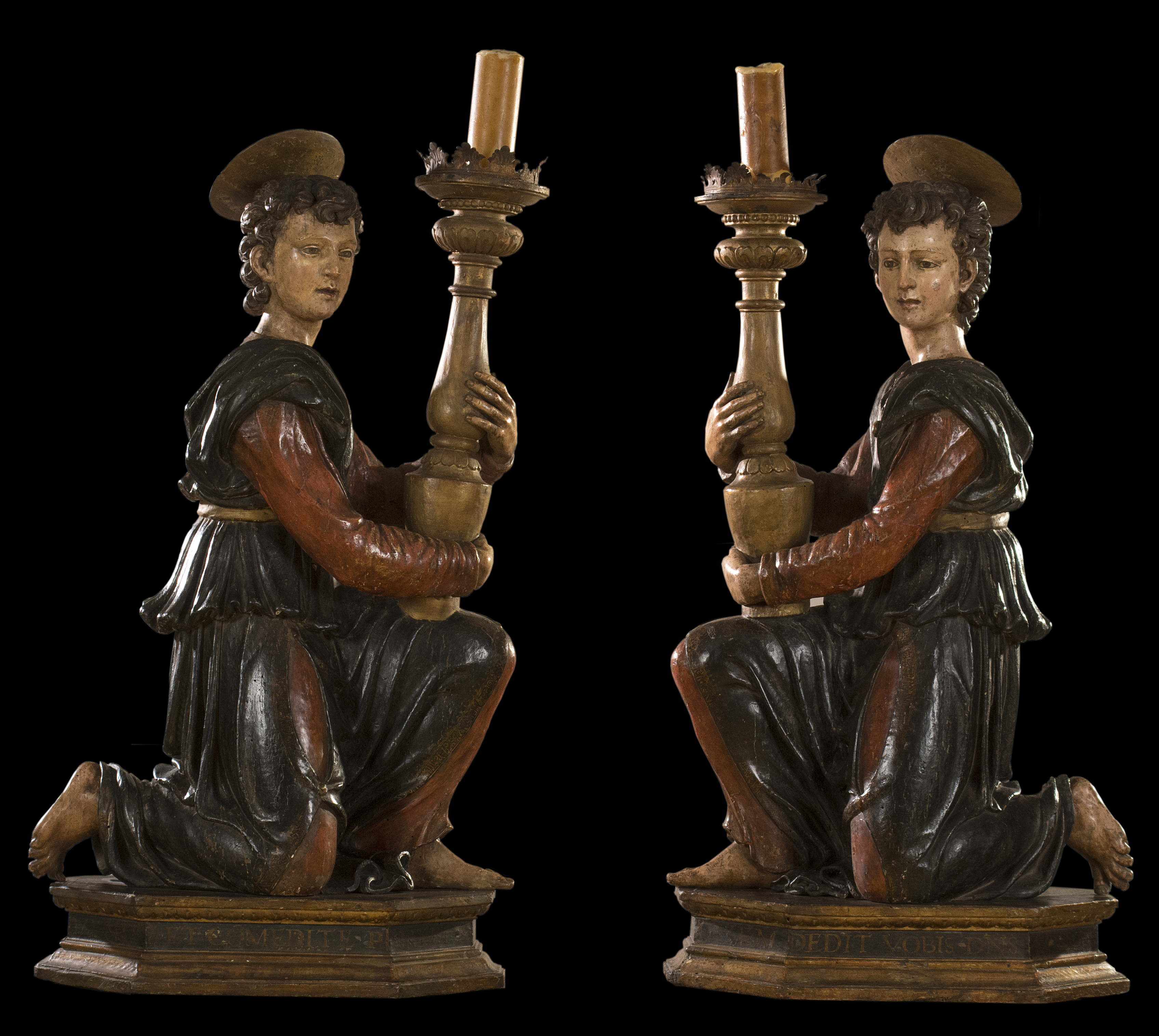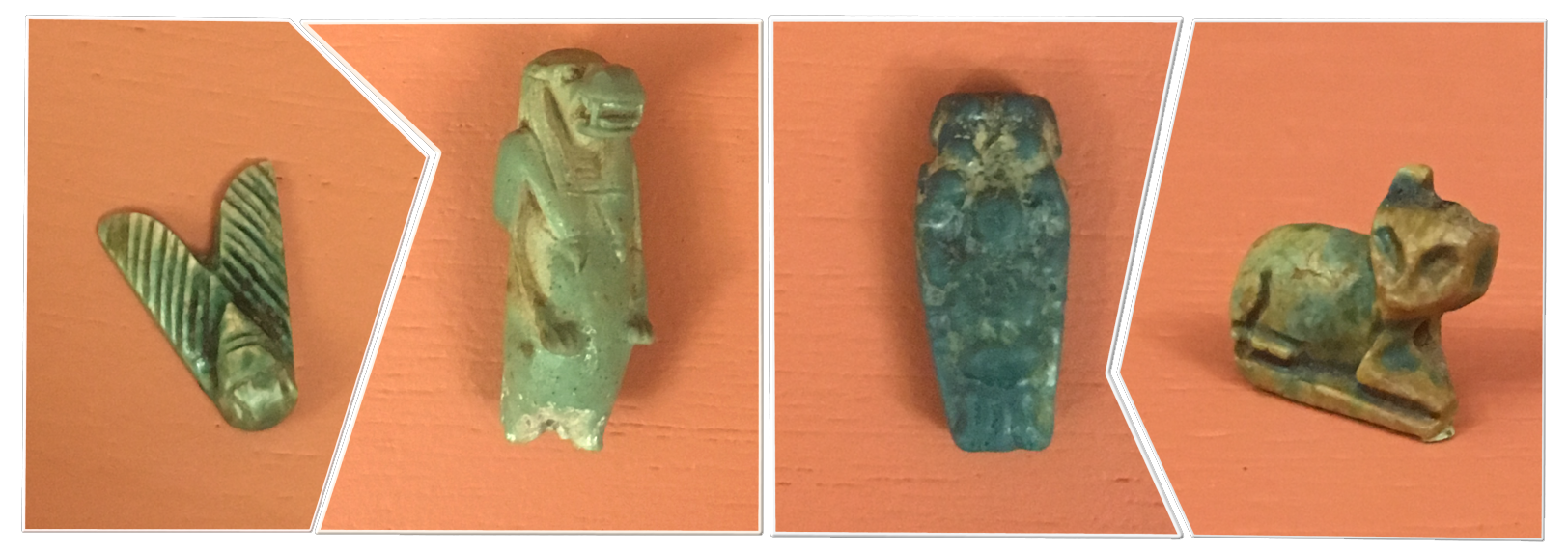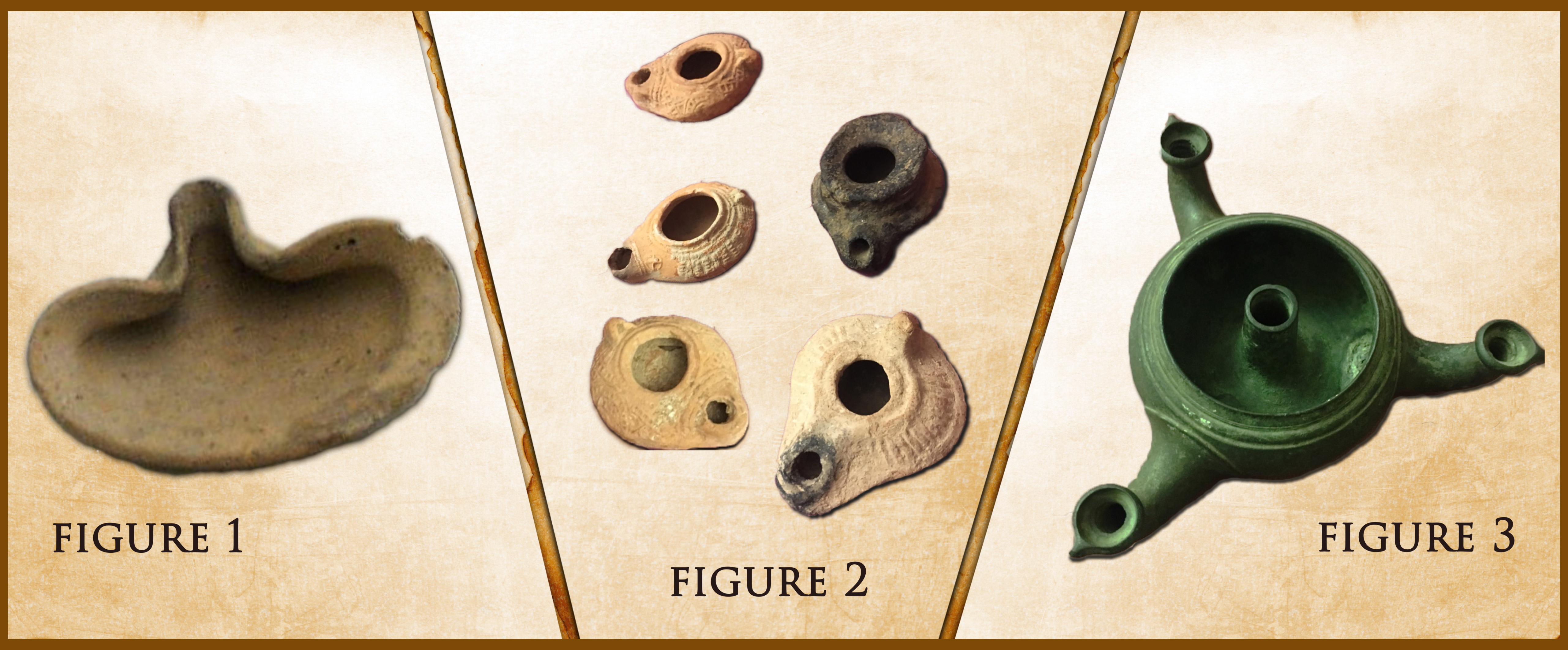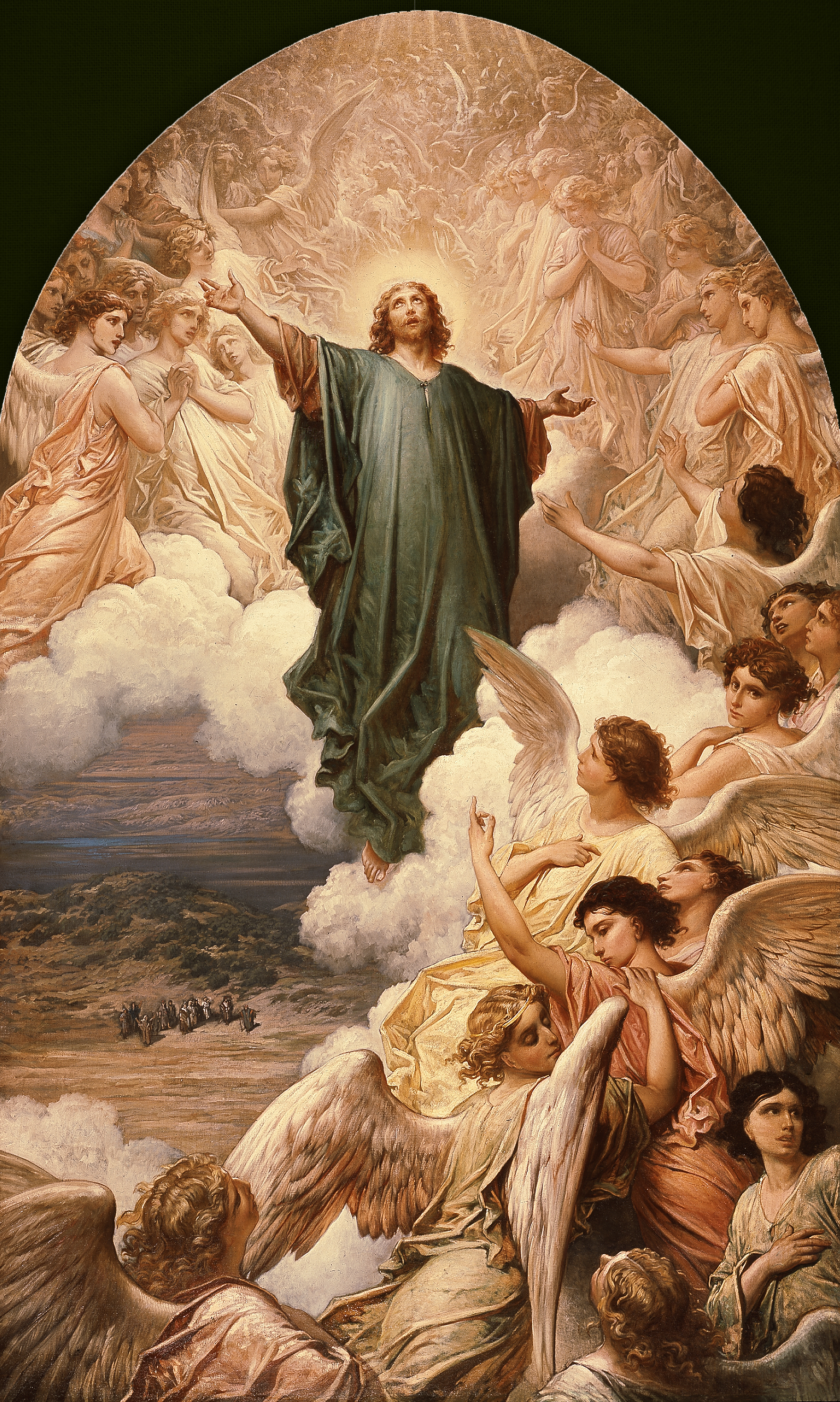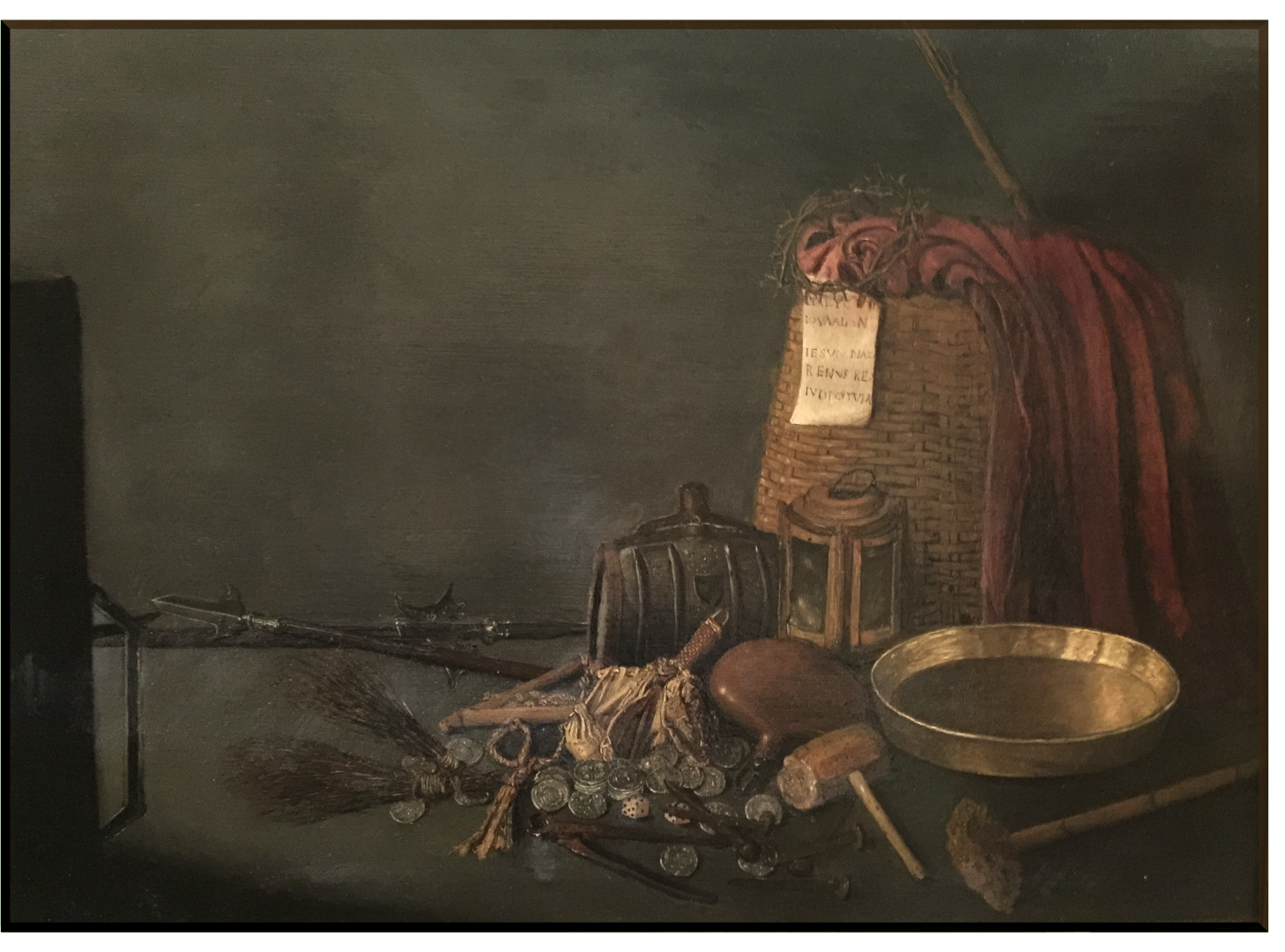The Visitation
Oil on canvas
Johann Friedrich Overbeck
German, 1789-1869
Friedrich Overbeck began art instruction at age 15 under the tutelage of Joseph Nikolaus Peroux. He then learned from artists in Hamburg and through close study of Italian Renaissance works on display. The move to Vienna in 1806 enabled him to study at the Akademie and learn the principles of drawing in the academic tradition. This traditional approach, however, led him to reject those principles and adopt the teachings of Eberhard Wächter, particularly in the area of moral tone. One of the fascinating concepts about the sister arts (writing, drawing, music, and sculpture) is that principles from one art often apply to another. So, the idea of moral tone, usually applied to literature, is quite appropriate to discuss in the area of painting. Overbeck infused his religious beliefs into his beginning work in oils, an emphasis which became a hallmark of his work, especially following his 1813 conversion to Roman Catholicism. His family heritage was religious as well; the three previous generations of men in his family were ministers. It was Friedrich who broke with the family calling.
Although, it would be wrong to say that he abandoned the ministry; his works “preach” in merely another medium. In 1809 he and friends began the group Brotherhood of St. Luke, also known as the Nazarenes. Living in an abandoned monastery and adopting a biblical style of hair and dress led to “Nazarene” becoming a derogatory term. The Brotherhood’s motivation to reject the sensuality and artistic virtuosity of artists beginning in the sixteenth century was accompanied by a belief that all art should serve a moral purpose. Their work emphasizes Christian symbolism and bright clear colors which are hallmarks of the later Pre-Raphaelite Brotherhood members such as William Holman Hunt and Frederic James Shields.
While Overbeck embraced the art before Raphael, he also admired Raphael’s style. A look at The Visitation drawn c. 1517 by Raphael (in the Prado since 1837), suggests that Overbeck may have seen the master’s composition. The headdress of Elizabeth is strikingly similar to that in Overbeck’s painting as is the hairstyle of the Virgin. But there are purposeful differences as well. Raphael’s Virgin has no ornamentation on her dress; however, Overbeck chooses to give Mary a gold band of ribbon or lace, contrasting her gown with the matronly garb of her elderly cousin, Elizabeth, and showing her superiority.
Overbeck also indicates Mary’s elevated position as the mother of the Lord Jesus Christ through the physical positioning of the figures. Though Elizabeth is heavily pregnant at the time of Mary’s visit, she is positioned kneeling toward her younger relative. Luke 1:39-56 details the interaction between the women. Filled with the Holy Spirit, Elizabeth proclaims a three-fold blessing on Mary: she is blessed as a chosen woman, she is carrying the blessing of mankind’s Savior, and she is blessed for her faith in the promise of the Lord through Gabriel. Then Luke records Mary’s praise of the Lord, the Magnificat. Appropriately enough, Elizabeth gazes into the distance while Mary looks heavenward in a sign of her understanding of the privilege and position she has been accorded by God. John’s movement in Elizabeth’s womb at the arrival of his Lord is undoubtedly one of those things that Mary will keep and “ponder in her heart.”
In another work, Overbeck features Mary and her cousin, Mary and Elizabeth with Jesus and John the Baptist. The title indicates the characters in the painting; yet the accepted iconography and religious symbolism of the time provides clear and immediate identification. Mary is found in her blue robe holding her missal. John the Baptist wears his clothing of camel’s hair and grasps a sheep, signifying his task of proclaiming that his cousin Christ is the “Lamb of God.” Christ, sitting on the lamb, could not be more closely identified as that “Lamb.” In addition, He holds John’s cross-shaped staff indicating the manner in which the “Lamb of God” will be sacrificed for the sins of the world. The background of this painting is more reminiscent of Raphael’s work with its Italian landscape; such scenery suits this family portrait. However, Mary’s Magnificat focuses on the Lord God, so this portrait-like composition of The Visitation directs the viewer’s attention to her message by eliminating a distracting setting.
Overbeck’s biographer, Joseph Beavington Atkinson (1822-1886) records the artist’s mission in life: “Art to me is as a harp of David, whereupon I would desire that psalms should at all times be sounded to the praise of the Lord.” The sacred mood and expression of Christian piety, the beautiful colors, and the clean lines found in The Visitation fulfill his mission well.
Dr. Karen Rowe, M&G Board Member and Volunteer Membership Coordinator
Suggested Reading: Overbeck by Joseph Beavington Atkinson
Published in 2018
